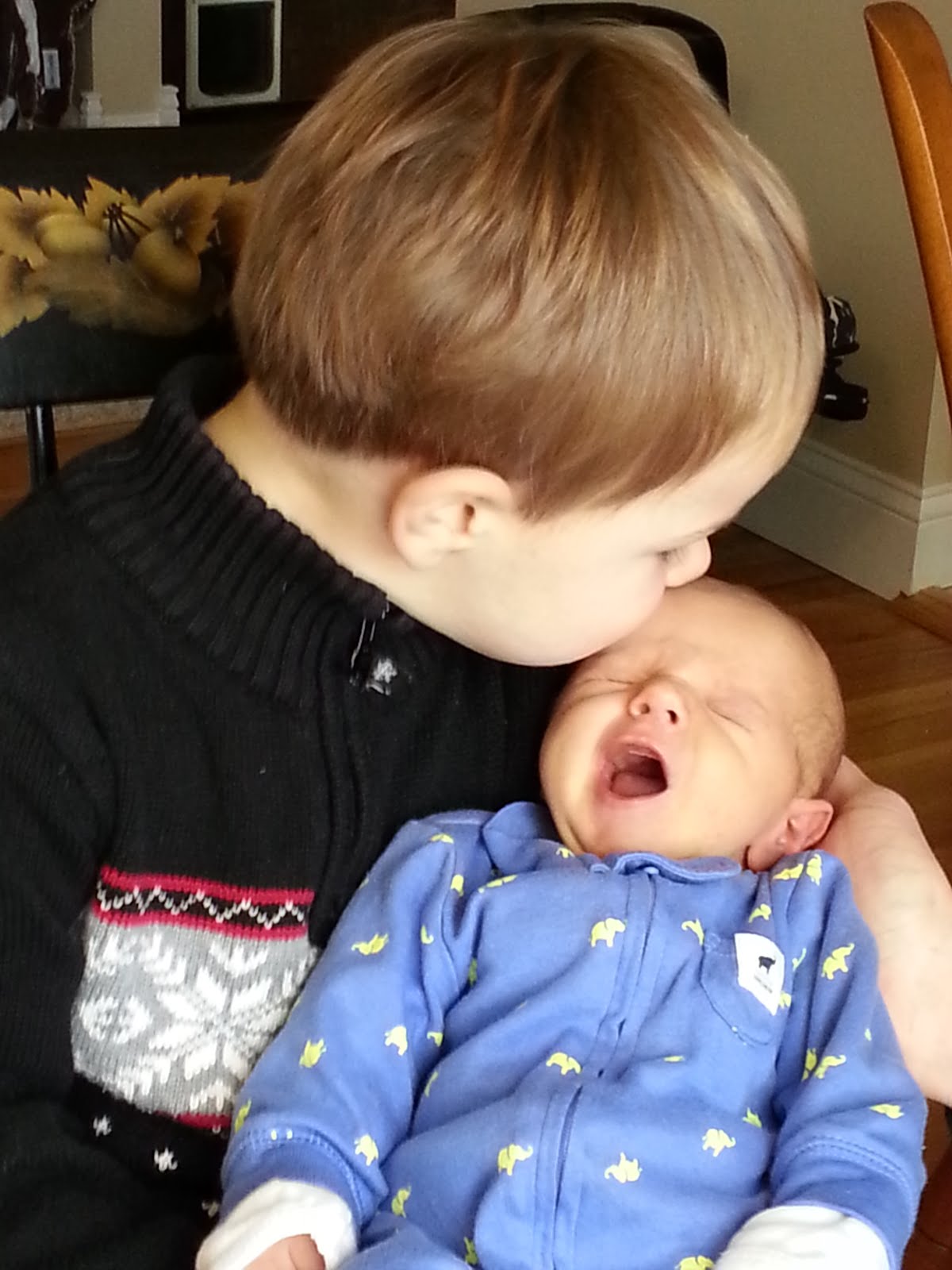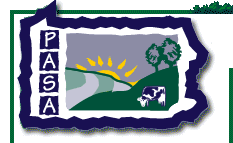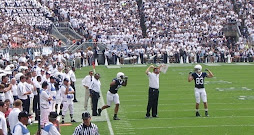 Trimming hooves
Trimming hooves is one of those tasks that I was told by several goat owners I would only need to do twice a year. Well not with my Zola, and I am feeling quite guilty that I didn't come home and immediately give her a pedicure.

A board was set up with frozen legs and the feet from the morning's lambs for us to practice on. We got to use several clippers and even large snips. I notice that Dr. Wolfgang got to handle all of the sharp objects during the class!

At home, I use a pair of
Fiskars garden pruners that have rounded tips. I was recommended to be cautious with sharp points for the animal, as well as myself. I'd say it is a good recommendation, as sometimes you are not working on level ground and the animals move, so there are many ways to draw blood.

The nice thing about using the frozen feet is that you could trim too far to see what you were trying to avoid. The feet from the morning actually still bled a little if we went too far, so that was a good lesson.

Hoof trimming is one of those things that you need to be shown before you just pick up a goat leg and do it. This was a great place to make sure any questions were answered.

Understanding the anatomy of the hoof also helped make us want to be more diligent about keeping up with a back aggravating chore, at least in my case.

My goat poop samples for the fecal egg count.
 Nematodirus slide that I was able to photograph through the scope.
Nematodirus slide that I was able to photograph through the scope. Not from my goats though.
While the
fecal egg counts were being calculated, Saturday morning’s session focused on herd management, and preventing parasite infestations. We began with a discussion of the life cycle and biology of parasites. Then we learned about the basic classes of
dewormers and how resistance among parasites develops. With this background, Dr. Van
Saun explained different ways to monitor and prevent parasites and worms. My results were not too bad, but I do have some remediation to figure out for the kids.

Dr. Van Saun relaying the absolutes in life.
Robert Van Saun, DVM, Penn State Extension Veterinarian and Professor of Veterinary Science, specializes in small ruminant pregnancy nutrition and its influence on health, production and reproduction; metabolic diseases and their prevention; and preventive medicine programs.
Trimming hooves article. There are many to find. There are even videos online.
On-line Manual for Conducting Fecal Egg Counts
Diagnosis of Internal Parasitism in Goats - Good reference from Langston University for identifying parasites and more about the procedure.
http://www2.luresext.edu/goats/library/fec0.html
PASA
 Is it the leaf that is large or the gourds that are small? A bit of both.
Is it the leaf that is large or the gourds that are small? A bit of both.  How many spiders did it take to weave this web? Where is the spider?
How many spiders did it take to weave this web? Where is the spider?


 To complete my PASA week-end, we went to the family style dinner held yesterday at the Jamison Farm in Latrobe, PA.
To complete my PASA week-end, we went to the family style dinner held yesterday at the Jamison Farm in Latrobe, PA.  After a very wet Saturday, the skies could not have been clearer or bluer.
After a very wet Saturday, the skies could not have been clearer or bluer. Except for the caterer's truck getting stuck in the mud, having to be rescued by a farm tractor, the October day could not have been more perfect. And the rescue provided its own entertainment.
Except for the caterer's truck getting stuck in the mud, having to be rescued by a farm tractor, the October day could not have been more perfect. And the rescue provided its own entertainment. John Jamison welcoming the guests to the farm.
John Jamison welcoming the guests to the farm.  Greg Boullos the Western Regional Director waiting to give his welcome.
Greg Boullos the Western Regional Director waiting to give his welcome.  A song to start the meal.
A song to start the meal.  The chicken and pulled lamb. What a wonderful treat of fresh vegetables and meats. Everything was prepared beautifully and shared with a wonderful group of PASA members and friends. I was too busy enjoying everything to take photos of all the courses.
The chicken and pulled lamb. What a wonderful treat of fresh vegetables and meats. Everything was prepared beautifully and shared with a wonderful group of PASA members and friends. I was too busy enjoying everything to take photos of all the courses.  Sukey and John Jamison, our wonderful hosts.
Sukey and John Jamison, our wonderful hosts. Old Sledge provided the song and dance.
Old Sledge provided the song and dance.

 Trimming hooves
Trimming hooves























































